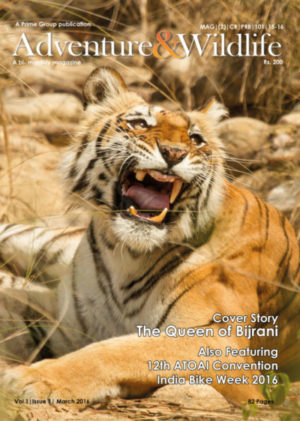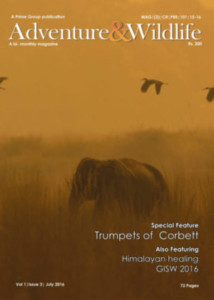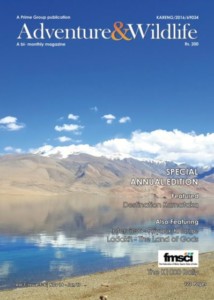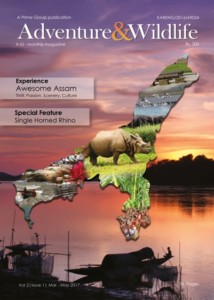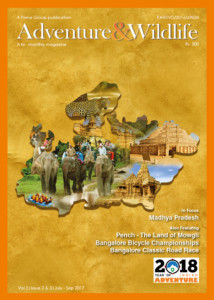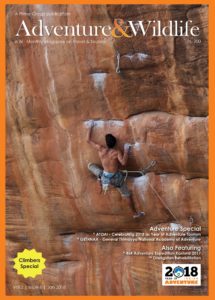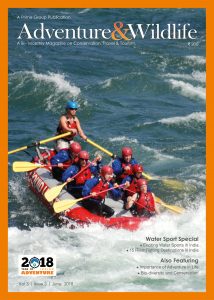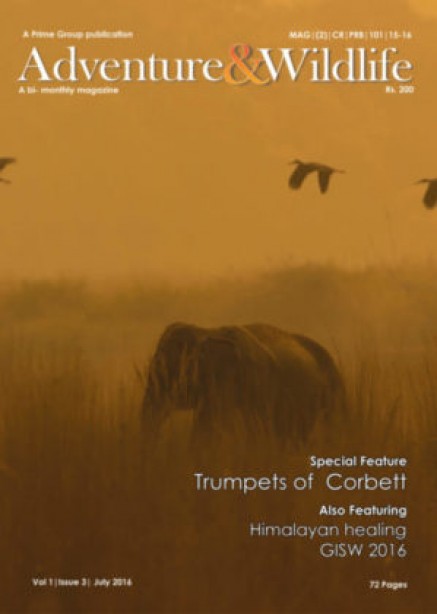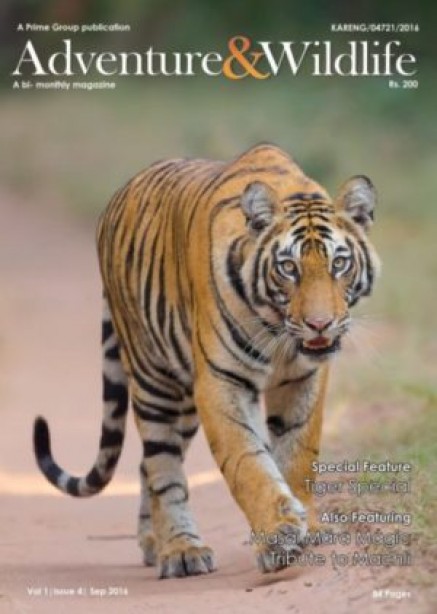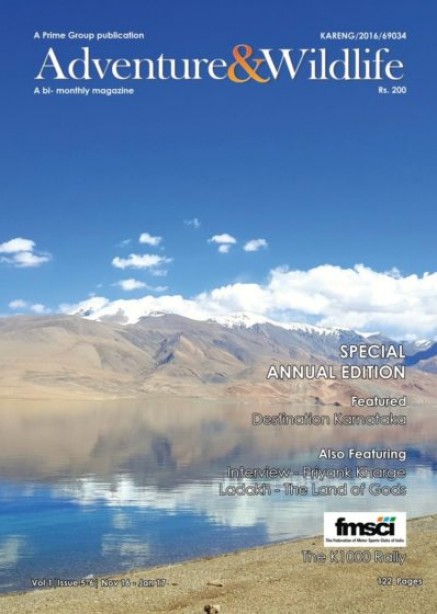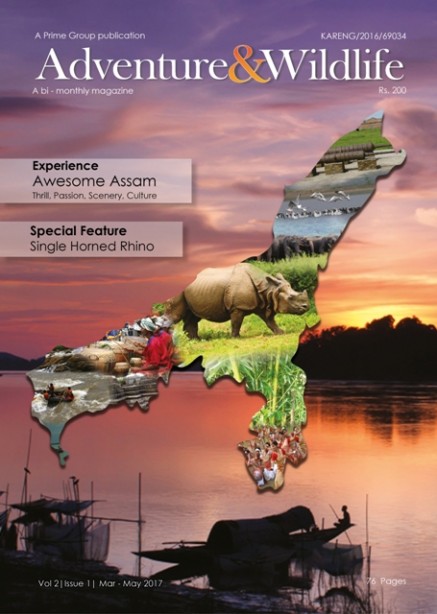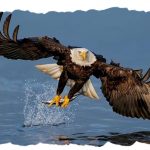
Critically endangered Hawaiian crows build first nest in the wild in decades
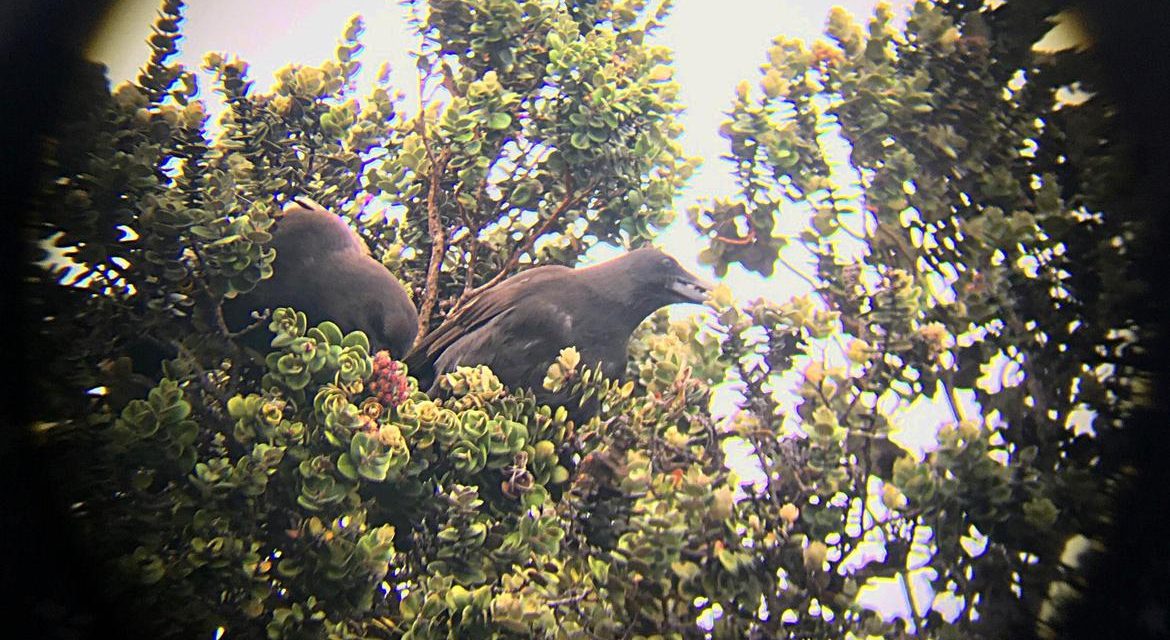
Two Hawaiian crows, or alala, have done something momentous in the struggle to save the critically endangered species. They have built a nest.
Extinct in the wild for decades, the alala were raised at the Keauhou and Maui Bird Conservation Centers of San Diego Zoo Global, part of its Hawaii Endangered Bird Conservation Program.
In partnership with the state of Hawaii and the U.S. Fish and Wildlife Service, the Alala Project has released 21 birds into protected forest areas on the Big Island of Hawaii. The nesting pair live in the Puu Makaala Natural Area Reserve on the Big Island.
After all the years of work, the nest is the first tangible sign the Alala Project might be succeeding in its ultimate goal. These birds were raised to have the skills to live in the wild. Their keepers wore costumes and hid their human features to prevent the birds from imprinting on people.
They were also taught to avoid a natural enemy, a native Hawaiian hawk called the io, by playing an alala warning cry at the same time as showing them a captive io. But it isn’t enough for the captive-raised alala to merely survive. They must also raise their own young. If they survive, they’ll reconstitute a truly wild population. A nest isn’t an actual bird or even an egg, of course. But it’s the necessary first step.
Researchers, who know each bird by name, saw the promising signs in early April. Two alala, Manaolana and Manaiakalani, were spotted building a nest. The female, Manaiakalani, then began what appeared to be brooding behavior, sitting on the nest.
“While it’s difficult to see exactly what’s in the nest from observations on the ground, we do believe that Manaiakalani is likely sitting on eggs – and we’ve observed her male partner, Manaolana, bringing her food regularly,” Alison Greggor, of San Diego Zoo Institute for Conservation Research, said in a statement.
“Alala typically lay between three and five eggs, and incubate them for an average of 21 days,” said Greggor, a postdoctoral research associate at the institute. “If these eggs hatch, the chicks would be the first alala hatched in the wild in two decades.”
In another promising sign, another pair, Kiaikumokuhalii and Ola, have been observed beginning to build their own nest. However, first-time avian parents usually fail, the zoo says. It often takes multiple tries before birds can successfully raise their chicks.
The alala must overcome multiple obstacles, Jackie Gaudioso-Levita, coordinator of the Alala Project, said in a statement. “There are many stages in the process, before the young fledge; the pair encounters natural and introduced threats, as well as environmental challenges,” Gaudioso-Levita said. “The team tries to help nesting birds as much as possible without causing disturbance.”

